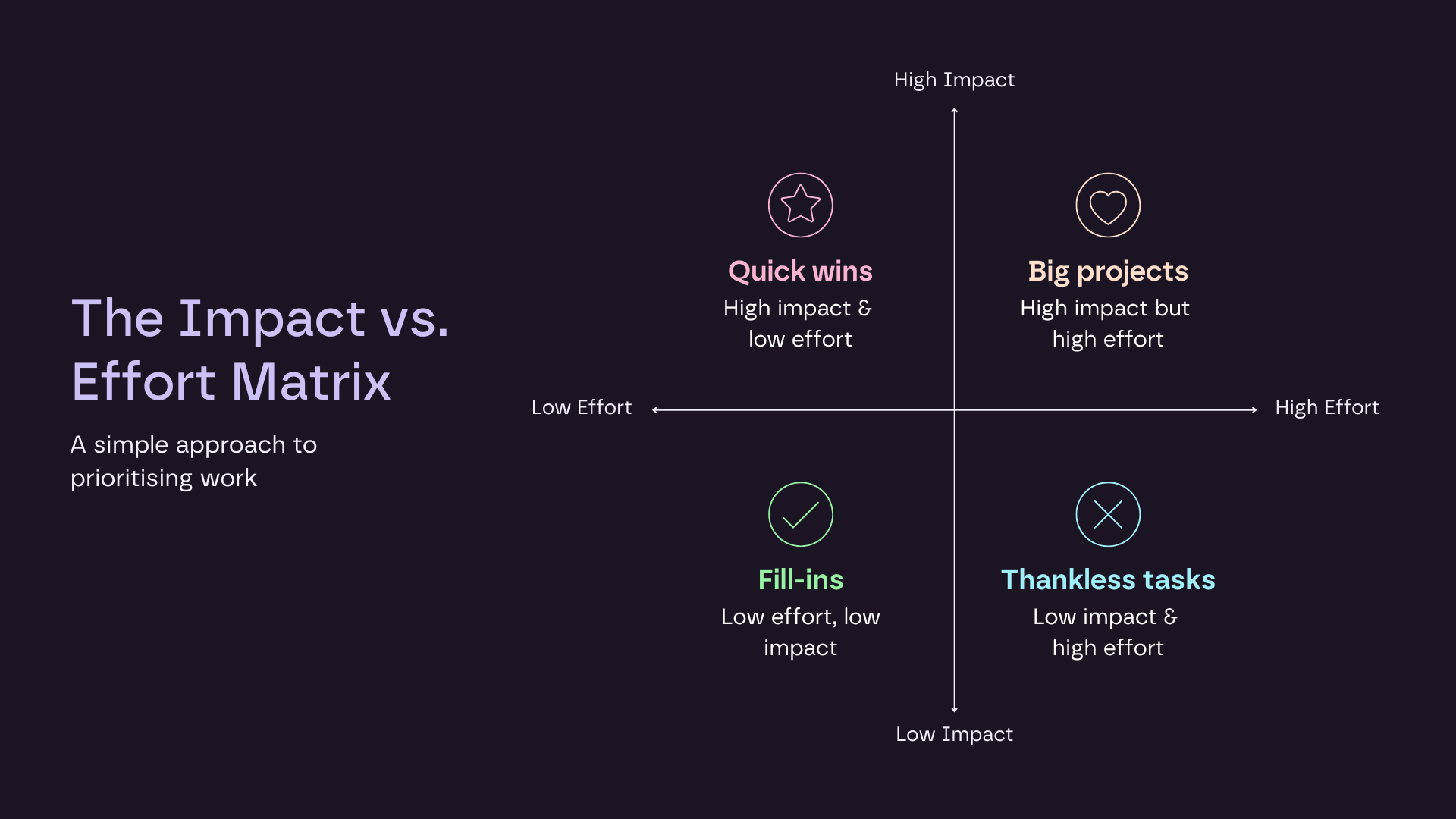Design with purpose: aligning product management and UX design with business goals
Aligning your design strategy with business goals is crucial for building products that work for both users and the business. But let’s be honest—teams can easily hit roadblocks if product management and UX designers aren’t in sync. When these teams don’t collaborate closely, you end up with missed opportunities, frustrated stakeholders, and a product that doesn’t deliver. To avoid this, it’s essential that both teams align their design efforts with clear business objectives and user needs. Let’s dive into strategies that can help align product management and UX with your business goals.
Define clear business objectives
The first step to getting alignment is defining SMART business goals:
Specific
Measurable
Achievable
Relevant
Time-bound
These goals need to be well-understood across all teams involved in product development. Everyone on the team, including product management and UX designers, should know what success looks like.
By starting with clearly defined business objectives, you ensure that your design strategy directly supports the company's strategic direction. For example, if your goal is to increase customer retention, focus on creating a user experience that keeps customers coming back. Whether it’s simplifying workflows or making navigation more intuitive, every design decision should support this business goal.
Understand market conditions
Before you dive into user research or design, step back and look at the broader market. What’s happening in your industry? What are your competitors doing well, and where are they falling short?
Understanding the landscape ensures that your design strategy isn’t just user-centric, but competitive.
A well-informed design process that takes market trends into account allows both product management and UX designers to anticipate challenges and adjust strategies accordingly.
Conduct in-depth user research
User research is at the heart of aligning product management and UX design. It’s one thing to know your business goals, but another to understand how users interact with your product. Conduct interviews, surveys, and usability tests to dive deep into user needs, pain points, and preferences.
With data-driven insights, create user personas and customer journey maps to visualise how user goals intersect with business objectives. For example, if your users struggle during onboarding, simplifying this process can not only enhance user experience but also boost retention, aligning with broader business goals.
Regularly gathering and analysing user feedback ensures that your product evolves to meet both user and business needs.
Leverage data to drive decisions
Data isn’t just for analytics teams—it’s the backbone of effective decision-making for both product management and UX. Whether it’s user analytics, customer feedback, or A/B testing, data gives you the insights to make targeted design improvements.
For example, if data shows high drop-off rates during onboarding, that’s a signal that both product management and UX need to collaborate on simplifying the process. This data-driven approach ensures that design changes aren’t based on assumptions but on real-world issues affecting both users and business outcomes.
Develop a comprehensive design strategy
Once you’ve aligned user research and other data with business goals, it’s time to create a detailed design strategy. This should include design objectives, implementation plans, and Key Performance Indicators (KPIs) to track the success of your design efforts.
Regularly reviewing these KPIs ensures that your strategy remains focused on achieving both business and user goals. A clear and structured design strategy helps both product management and UX designers stay aligned on priorities, ensuring that all design decisions are made with a clear understanding of their business impact.
Prioritise features based on impact
Not every feature is created equal. Product management and UX teams must prioritise based on what will make the biggest impact on both user satisfaction and business success. An impact vs. effort matrix can help you focus on initiatives that offer high value with minimal complexity.
For instance, making onboarding easier might seem small, but it could significantly improve user retention and satisfaction—making it a top priority for both teams.
Foster collaboration and communication
Collaboration is the glue that keeps product management and UX teams aligned. Organize regular check-ins with stakeholders from different departments, including marketing, engineering, and sales. Open communication helps everyone stay aligned with broader business goals and allows for quicker problem-solving.
Regular check-ins and workshops help maintain open communication and foster collaboration. Tools like Trello or Asana can facilitate project management and ensure tasks are aligned with overall objectives.
By working together, teams can proactively address issues, share insights, and stay focused on the product’s strategic goals.
Test, iterate, and adapt
A successful design strategy is never static. Regular usability testing and feedback loops help identify areas for improvement, ensuring that both the product and the user experience evolve alongside business goals.
Incorporate iterative testing cycles, where user feedback informs design changes. Regularly review KPIs to assess whether the changes made are driving business outcomes. This flexible approach ensures the product continues to meet both user and organizational needs over time.
Aligning product management and UX design with business goals requires a structured approach that integrates both user needs and business objectives. By defining clear goals, conducting in-depth user research, fostering collaboration, and regularly iterating based on feedback, you can create a design strategy that delivers real business impact.
At Digital Product People, we specialise in helping teams align their product management and UX strategies to achieve measurable business outcomes. Contact us to learn more about how we can help you drive business success through user-centered design.




